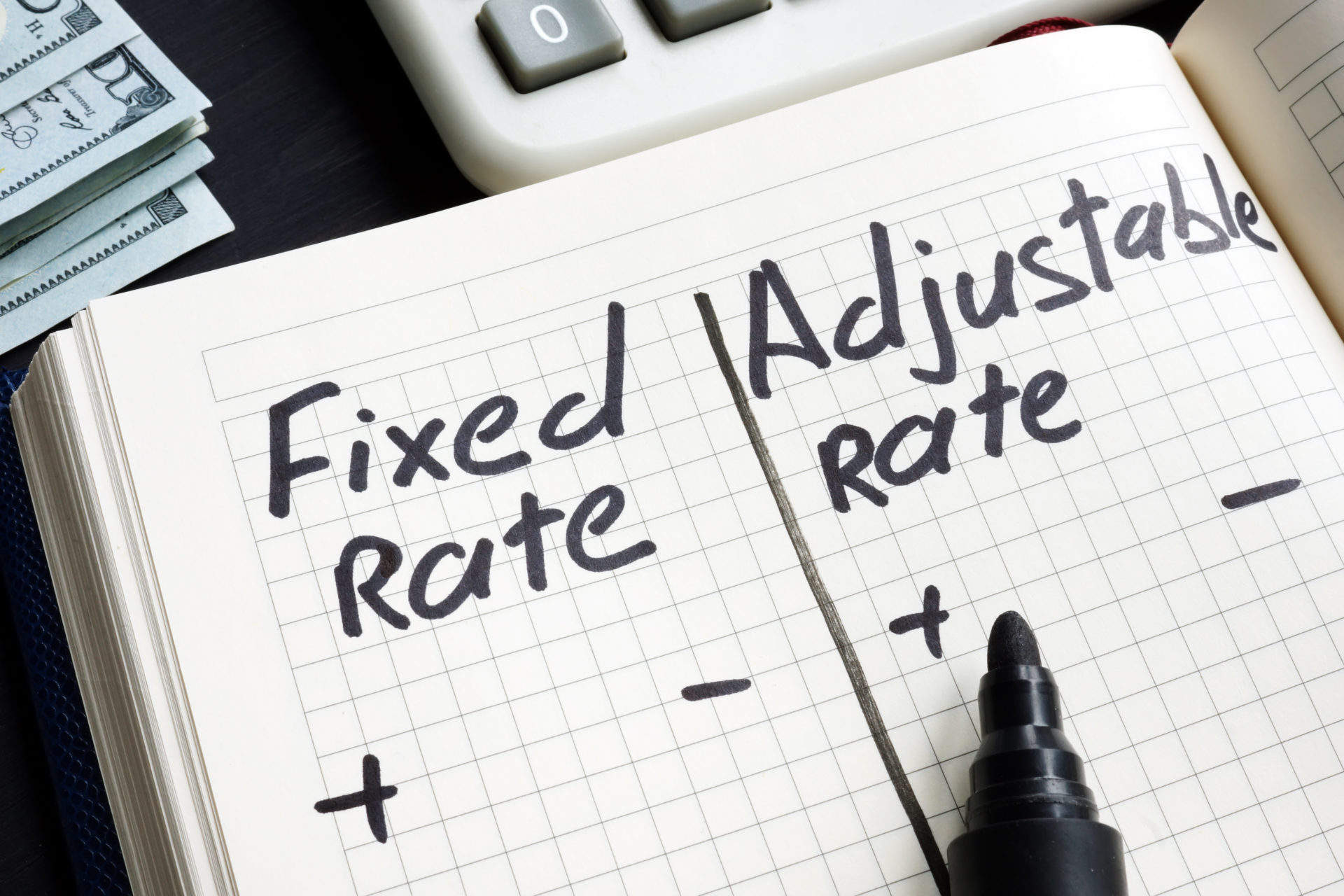
At first glance, locking in a long-term fixed rate seems like the safest bet. Predictable payments feel secure, while adjustable rates can look risky. But in today’s market, where rates have risen sharply and may be near their peak, is fixed-rate financing really the smarter move?
The Current Rate Environment
A year or two ago, fixed-rate financing at historic lows was a clear win. But if you’re seeking financing today—whether for real estate, business expansion, or investment—you’re facing much higher fixed rates. Locking in now could mean overpaying for years if rates decline, and many loans carry prepayment penalties that make refinancing costly.
Why Adjustable Rates Still Work
Adjustable-rate loans can feel intimidating, especially when rates have climbed. But history shows rate spikes are usually temporary measures to fight inflation. Adjustable financing gives you flexibility: your costs may be higher now, but when rates drop, your payments can adjust downward without the need to refinance. That flexibility can save you money over the long run.
For example, even if you pay 9% for a couple of years, a later shift to 3% fixed financing could average out to a competitive rate over time—while allowing you to keep moving forward with your plans instead of waiting on the sidelines.
Look at the Bigger Picture
Pausing your growth until rates fall may feel safe, but it could cost you opportunity. Accessing capital through adjustable-rate financing can help you invest in marketing, employees, inventory, or expansion now—while positioning you to refinance when rates improve.
The key is weighing average long-term costs, not just today’s rate. With the right strategy, adjustable-rate financing can help you ride today’s volatility and still come out ahead.
